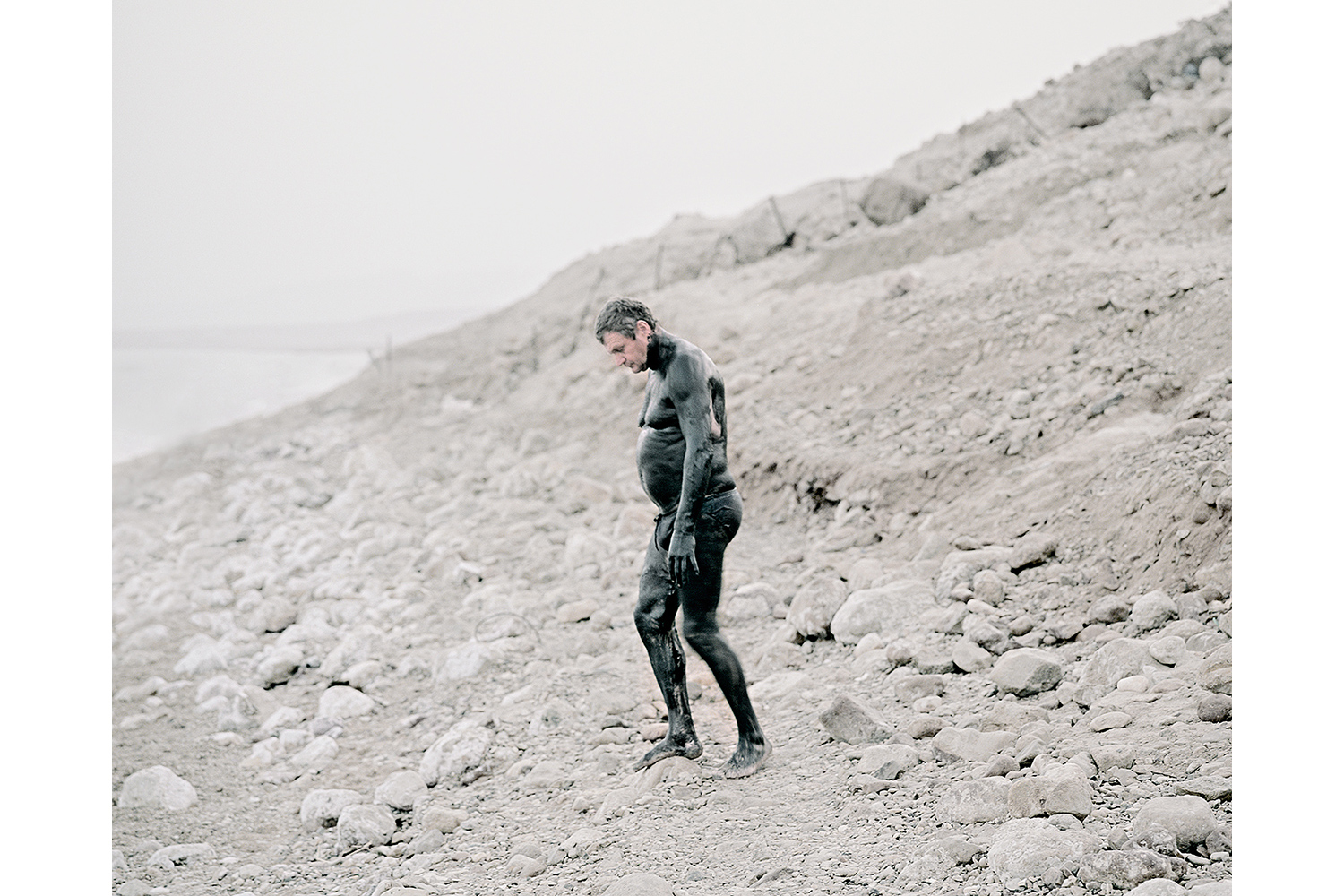
Living and working in New York City, it’s easy to get frustrated with tourists. It’s not just that they stop dead in the middle of busy sidewalks; it’s that few seem interested in seeing the true essence of the place. Most are content with taking in a smattering of the city’s all-but-sanitized attractions, and calling it a day.
“Real” New Yorkers, on the other hand are always on the prowl for the genuine article or experience before it’s discovered and ruined. “Didn’t you hear? Cronuts are the new cupcakes. Edison bulbs are the new LEDs. Local is the new global.”
The deeper truth, of course, is that in our own lives, we’re all tourists; we’re only passing through, existing at a distance from most everything — as the photographers in this gallery work at a distance from their subjects.
In recognition of World Tourism Day, Lightbox offers a series of photographs that, while distinct in intent and subject matter, manage to illustrate this paradoxical notion of what could be termed our shared separateness. Whether we identify with the outdoorsman dwarfed by a vast landscape (slide 10), the explorer confronted by the inscrutable pyramids (slide 6) or the museumgoer seeking answers or solace in works of art (slide 13), we recognize in these pictures our own, and others’, isolation.
Our efforts at creating an “authentic” record of our experiences, meanwhile — both at home and abroad — only confirm this sense of passing through. Even as we pursue the world with a camera, it withdraws from us.
Garry Winogrand spent a lifetime photographing people up close on the street, and summed up what he’d learned with the stark observation that photos “have no narrative content. They only describe light on surface.”
Critic Susan Sontag gave photography more credit — but not much. “A way of certifying experience,” she wrote, “taking photographs is also a way of refusing it—by limiting experience to a search for the photogenic, by converting experience into an image, a souvenir.”
It might be time to retire that “DON’T HASSLE ME, I’M LOCAL” t-shirt. In the grand scheme of things, we’re all more similar to those who stop dead in the middle of busy sidewalks than we like to admit.
Myles Little is an associate photo editor at TIME.
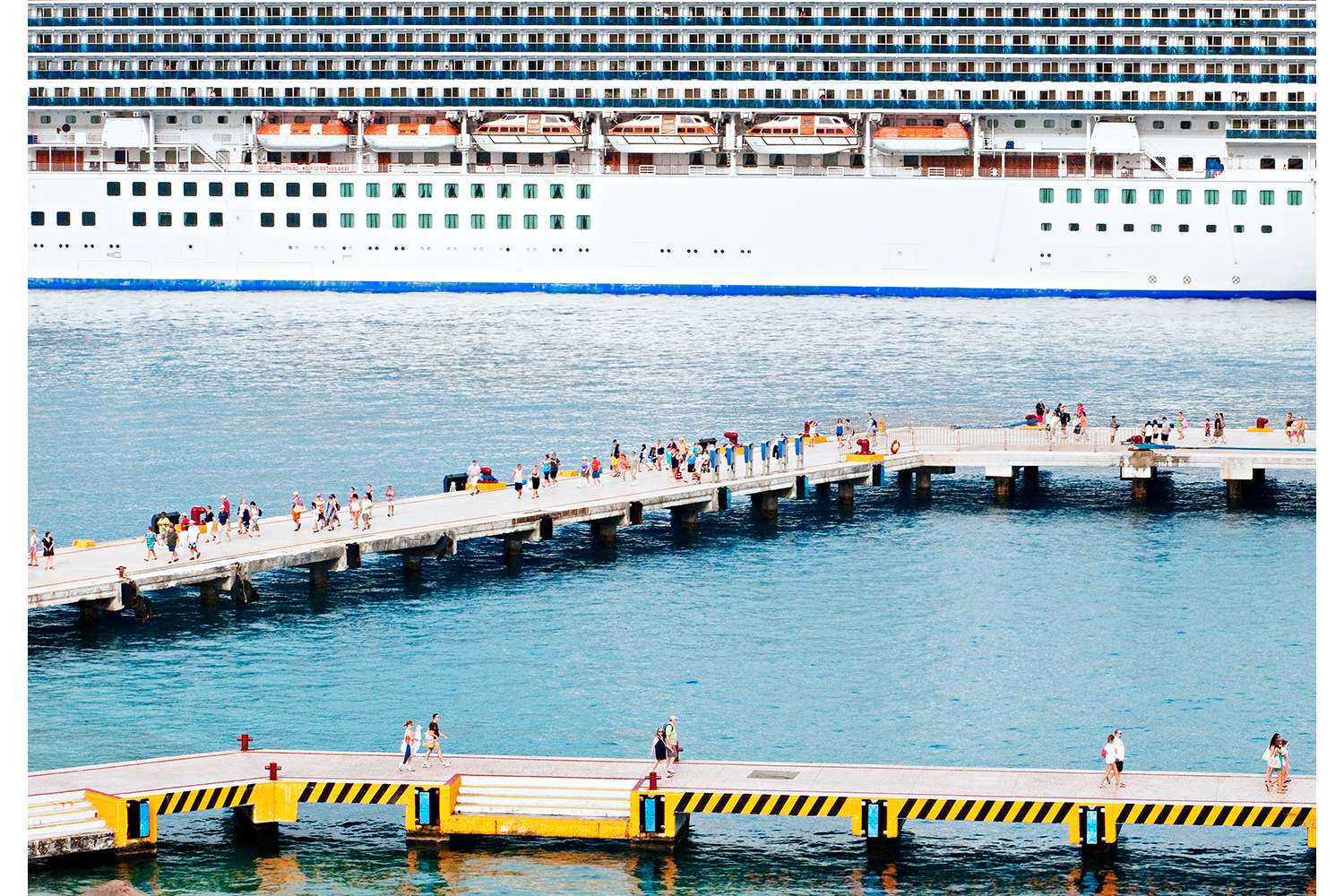
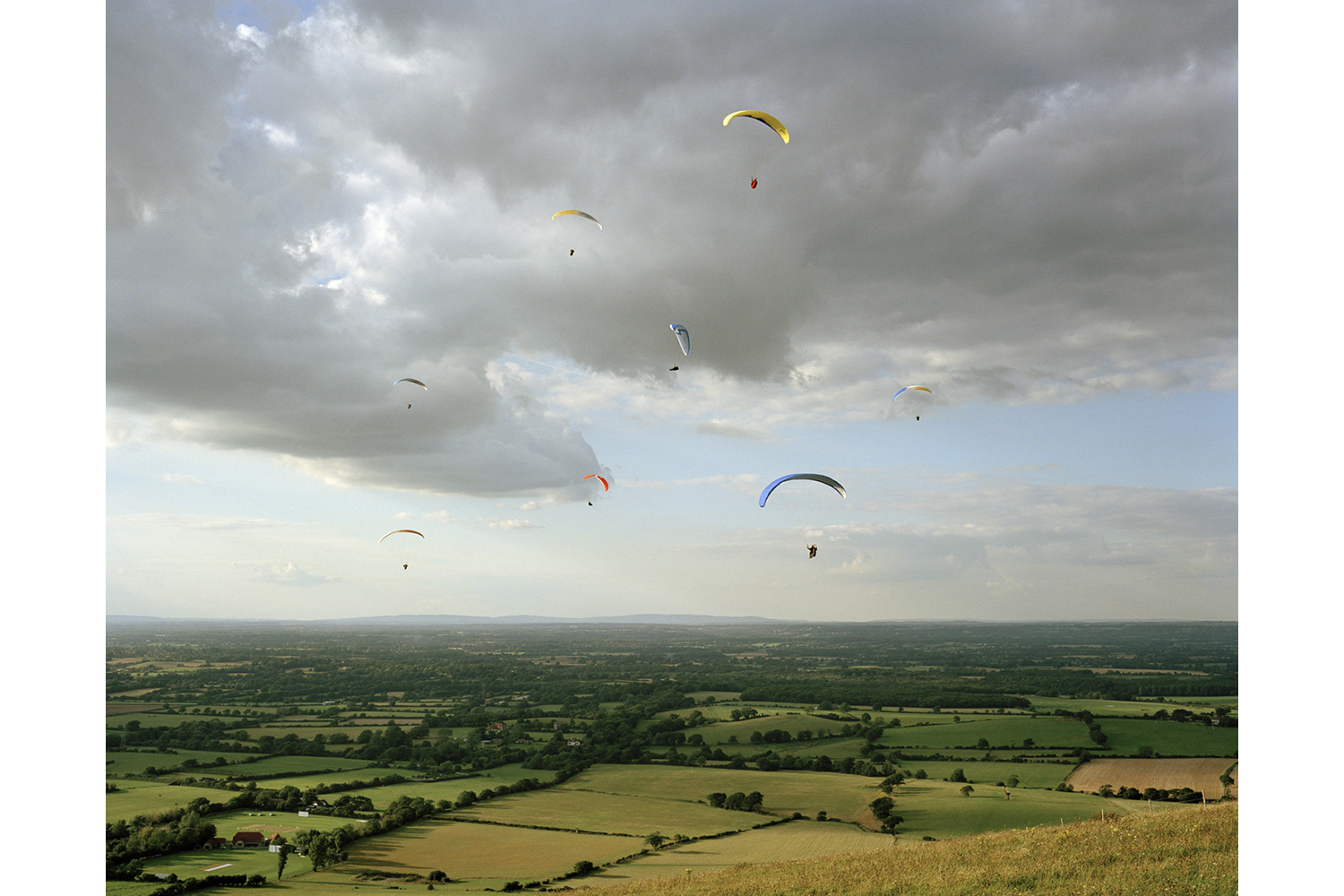

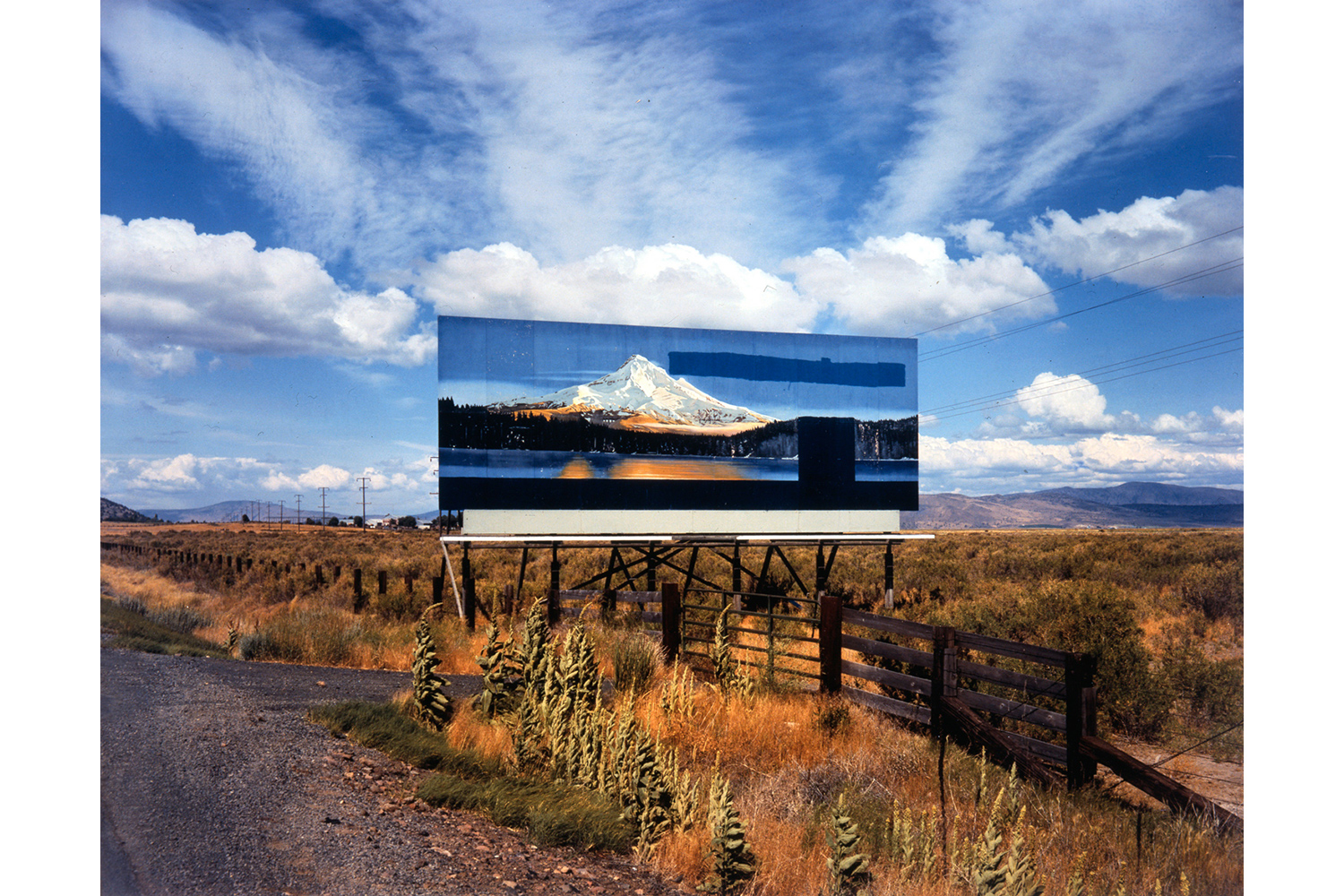



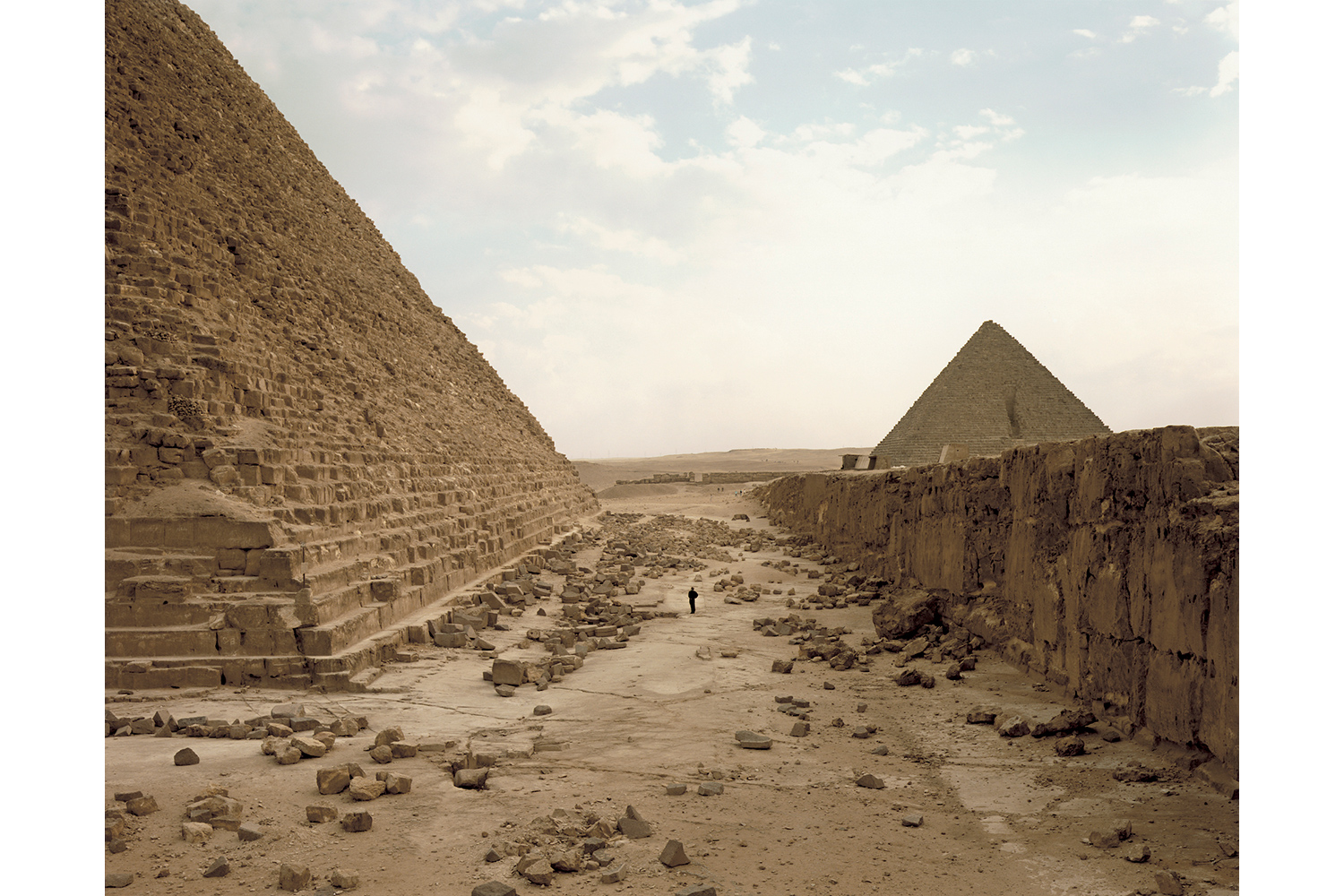

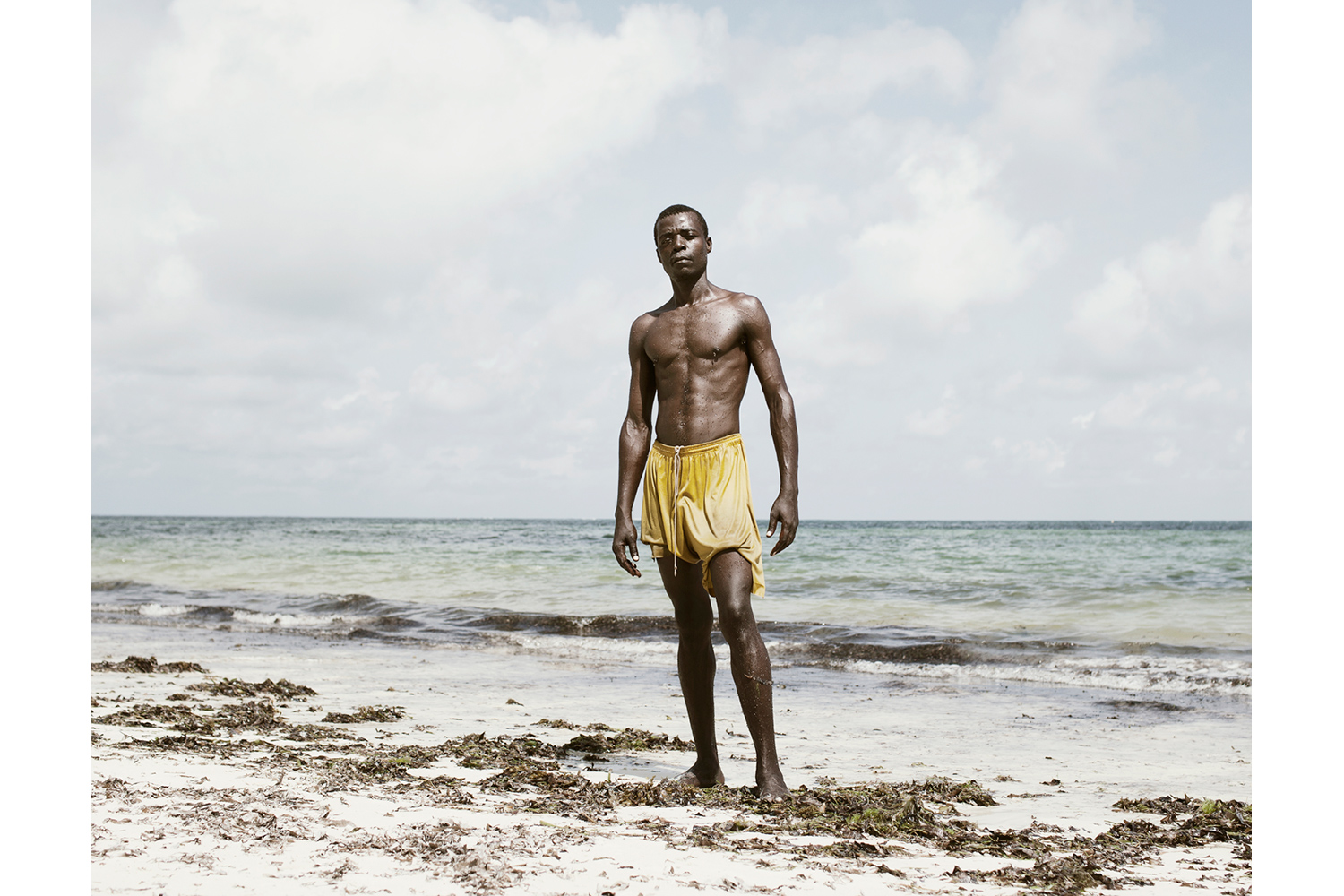

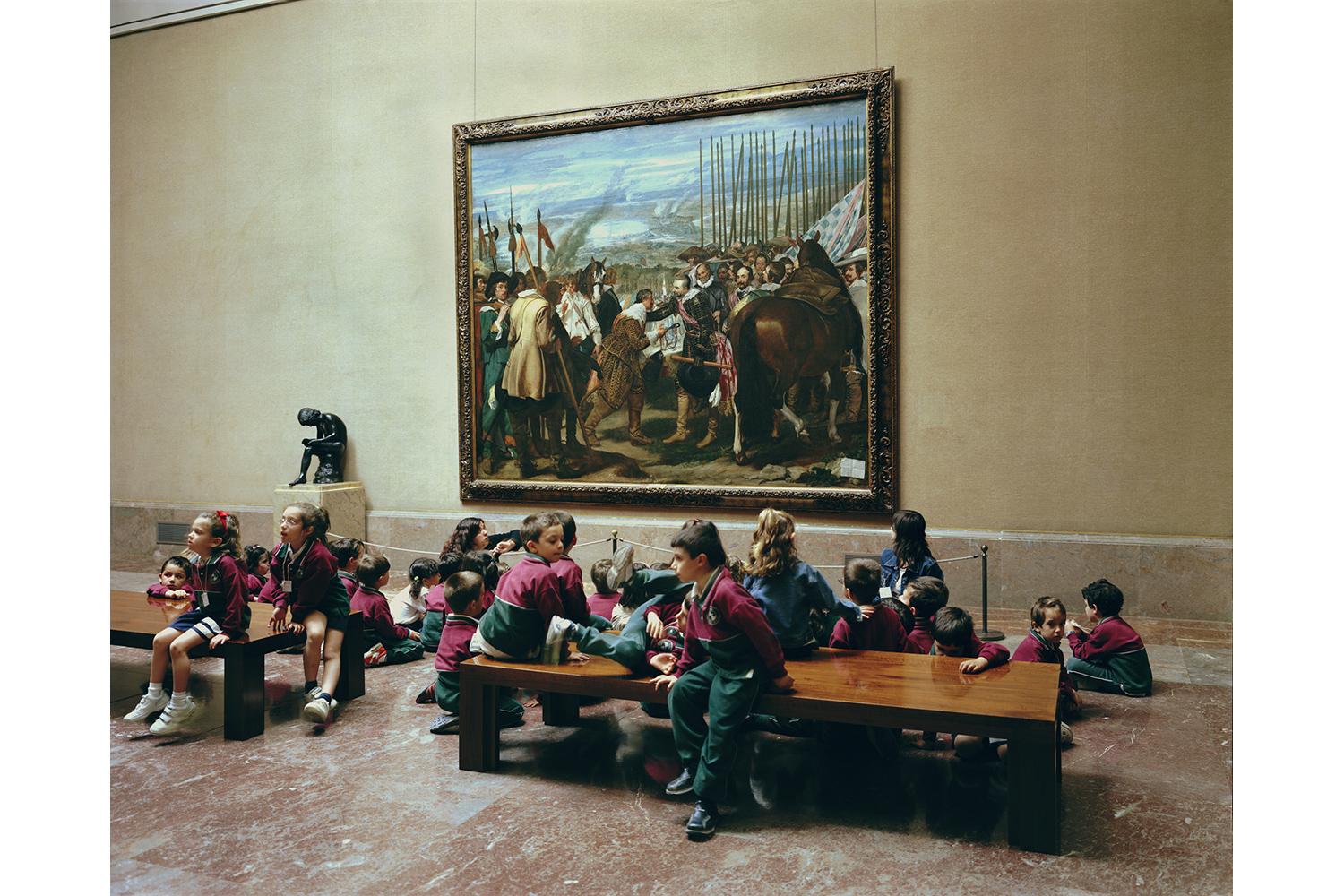

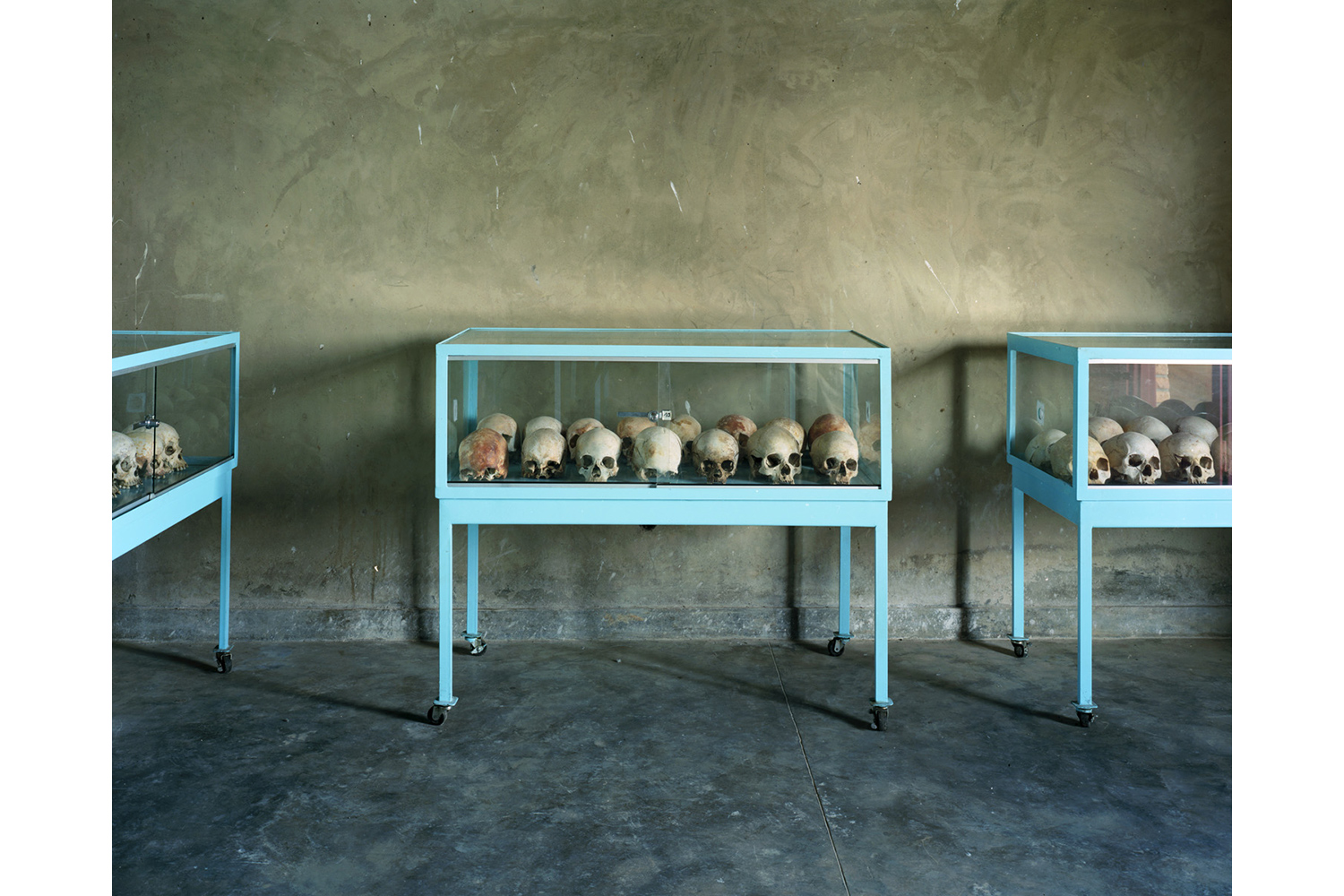
More Must-Reads from TIME
- Why Trump’s Message Worked on Latino Men
- What Trump’s Win Could Mean for Housing
- The 100 Must-Read Books of 2024
- Sleep Doctors Share the 1 Tip That’s Changed Their Lives
- Column: Let’s Bring Back Romance
- What It’s Like to Have Long COVID As a Kid
- FX’s Say Nothing Is the Must-Watch Political Thriller of 2024
- Merle Bombardieri Is Helping People Make the Baby Decision
Contact us at letters@time.com